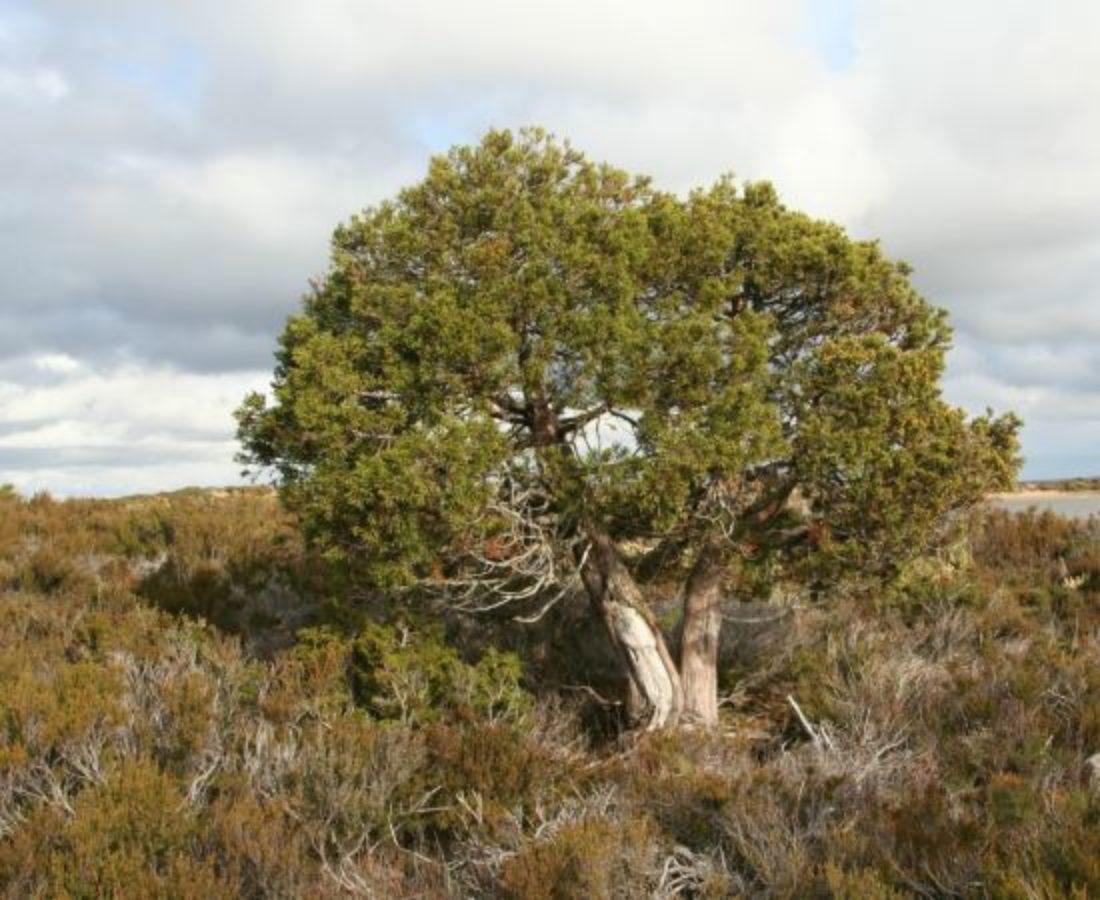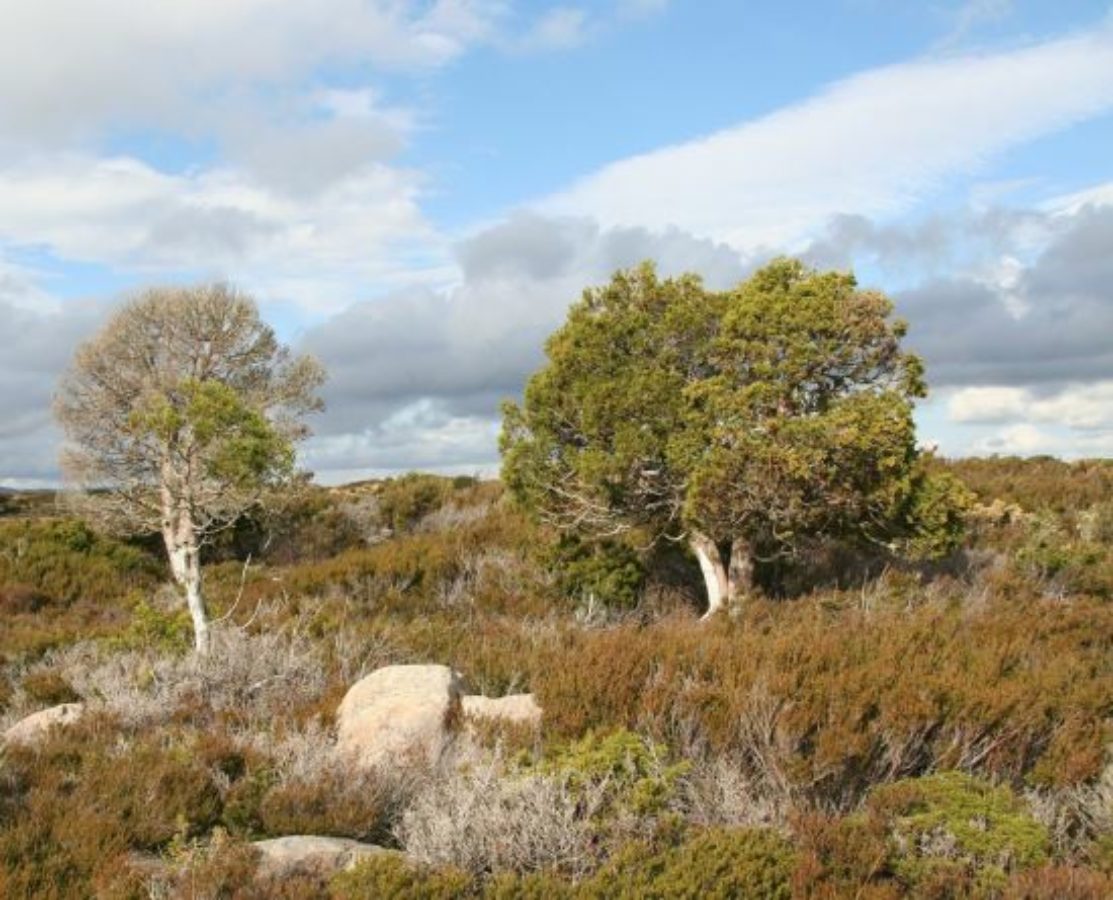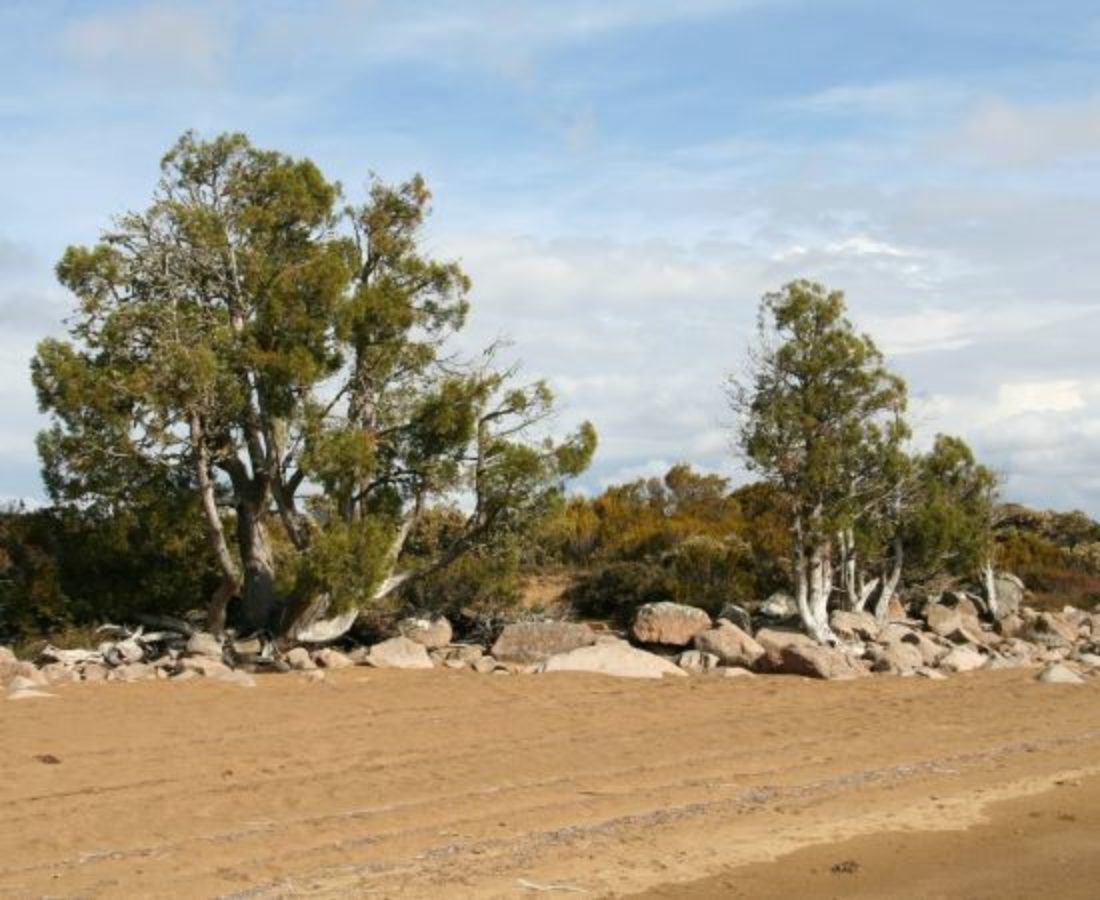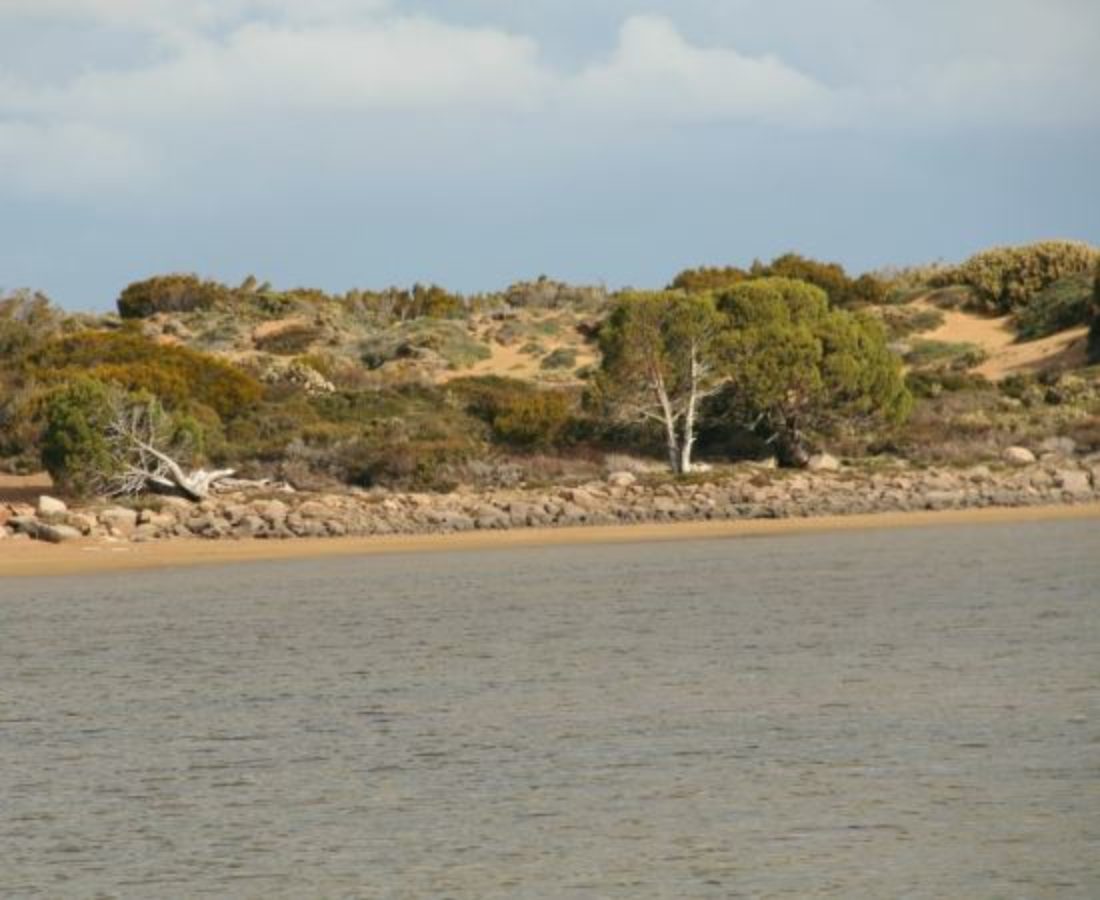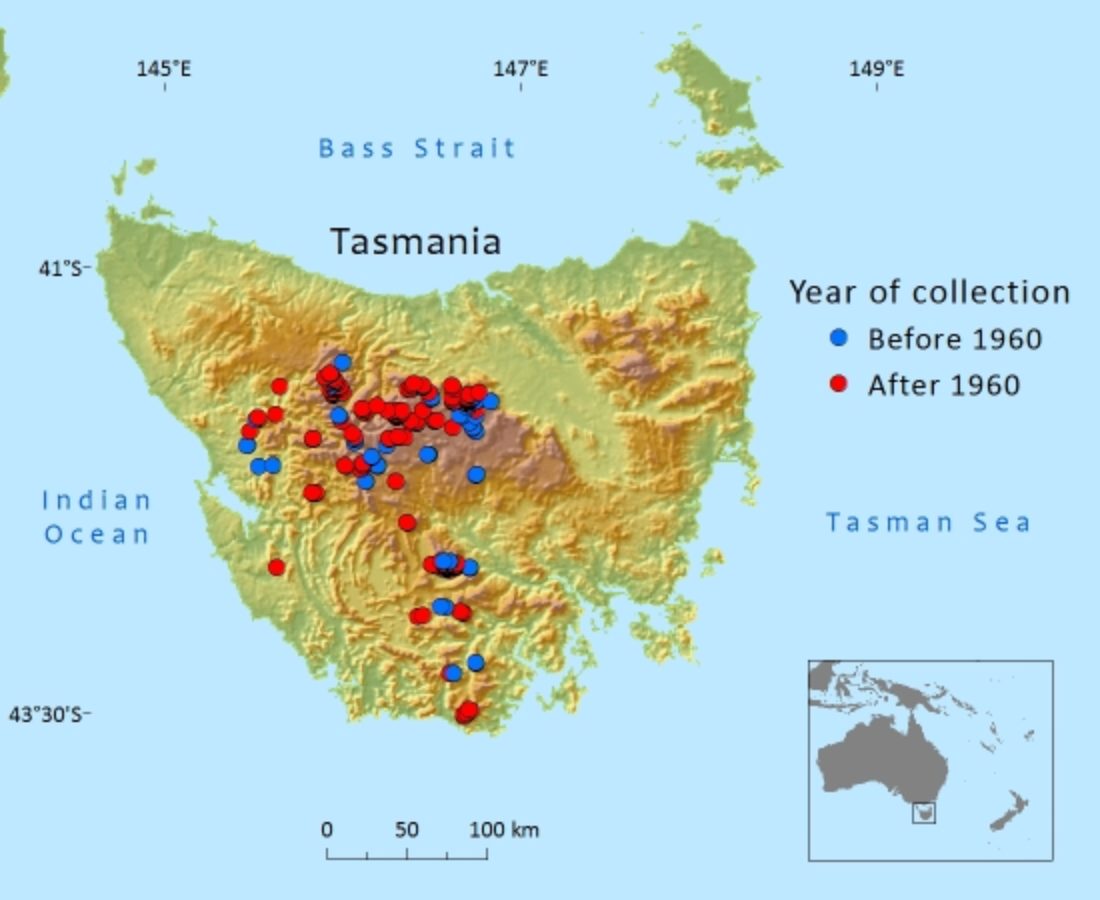Cupressaceae
Athrotaxis cupressoides
Endemic to Tasmania where the main threats are fire, grazing of regeneration and dieback caused by Phytophthora
References and further reading
- Balmer, J., Whinam, J., Kelman, J., Kirkpatrick, J.B. & Lazarus, E. (2004). A review of the floristic values of the Tasmanian Wilderness World Heritage Area. Nature Conservation Report 2004/3.
- Brown, M. J. & Hill, R.S. (1999). Regional Action Plan: Conifers of Tasmania. In: A. Farjon and C. N. Page (compilers) (eds), Conifers. Status Survey and Conservation Action Plan. IUCN/SSC Conifer Specialist Group, pp. 63-72. IUCN, Gland, Switzerland and Cambridge, UK.
- Cullen, P. (1989). Conservation of Pencil Pine Communities on the Central Plateau. The Tasmanian Naturalist 96: 1-7.
- Cullen, P.J. & J. B. Kirkpatrick. (1988). The ecology of Athrotaxis D.Don Taxodiaceae. 1. Stand structure and regeneration of A. cupressoides. Australian Journal of Botany 36(5): 547-560.
- Cullen, P.J. & Kirkpatrick, J.B. (1988). The ecology of Athrotaxis D. Don (Taxodiaceae). 2. The distribution and ecological differentiation of Athrotaxis cupressoides and Athrotaxis selaginoides. Australian Journal of Ecology 36(5): 561-573.
- Enright, N.J. & Hill, R.S. (1995). Ecology of the Southern Conifers. Melbourne University Press, Melbourne.
- Farjon, A. (2005). A Monograph of Cupressaceae and Sciadopitys. Royal Botanic Gardens, Kew.
- Farjon, A. (2013). Athrotaxis cupressoides. In: IUCN 2013. IUCN Red List of Threatened Species. Version 2013.1. <www.iucnredlist.org>. Downloaded on 05 July 2013.
- Kirkpatrick, J. (1989). The conservation and reservation status of Tasmanian higher plants. Department of Parks, Wildlife and Heritage, Hobart.
- Kirkpatrick, J.B., Bridle, K. & Dickinson, J.M. (2010). Decades-scale vegetation change in burned and unburned alpine coniferous heath. Australian Journal of Botany 58: 453-462.
- Pyrke, A.F. & Marsden-Smedley, J.B.. (2005). Fire-attributes categories, fire sensitivity, and flammability of Tasmanian vegetation communities. Tasforests 16: 35-46.
- Whinam, J. (1995). New Threat to Tasmania's Mountain Flora. Danthonia 4(1): 10.
